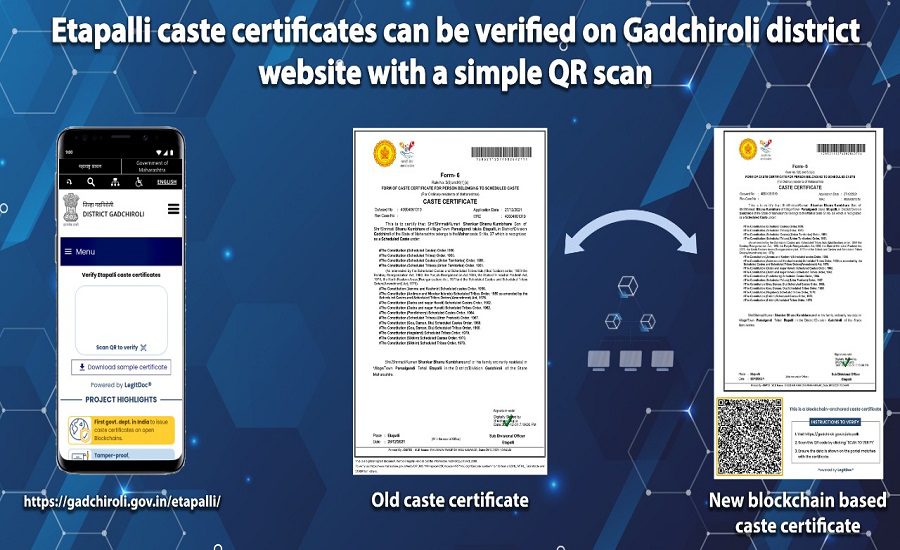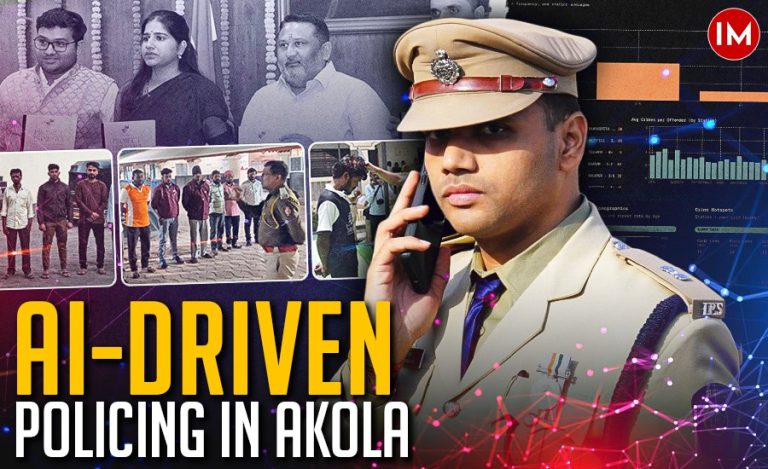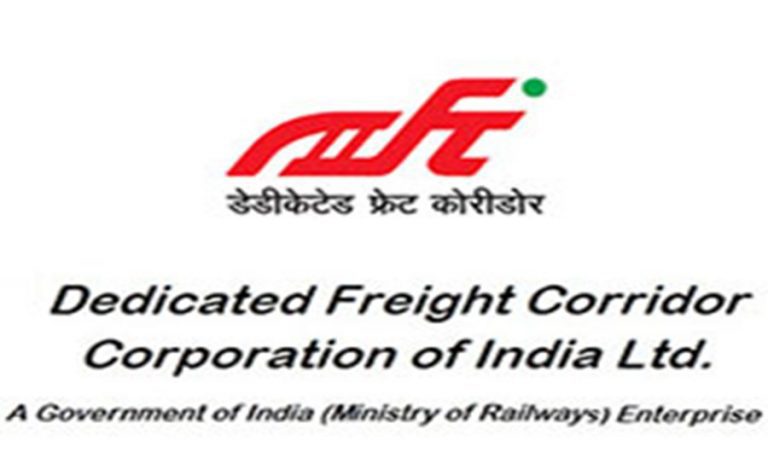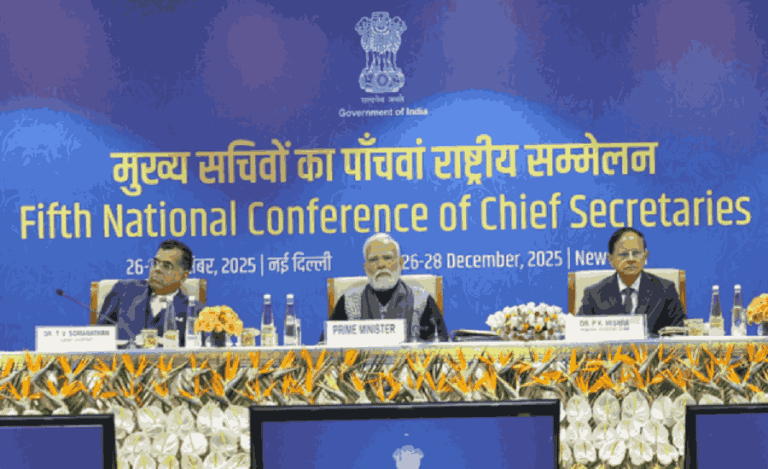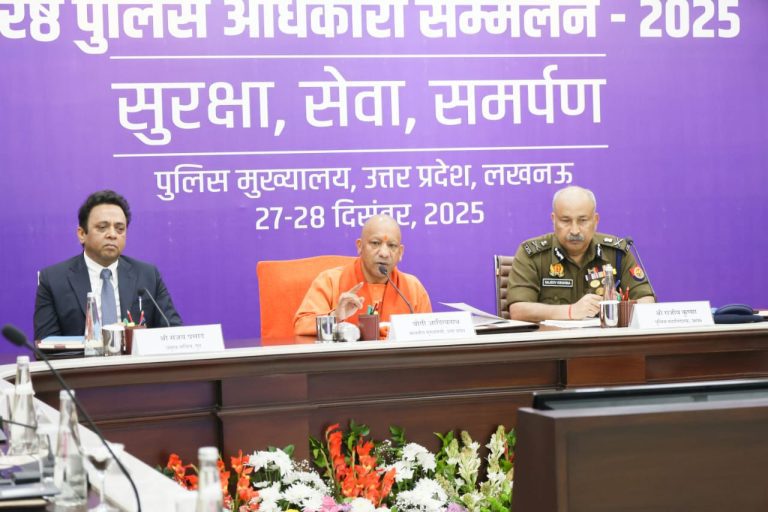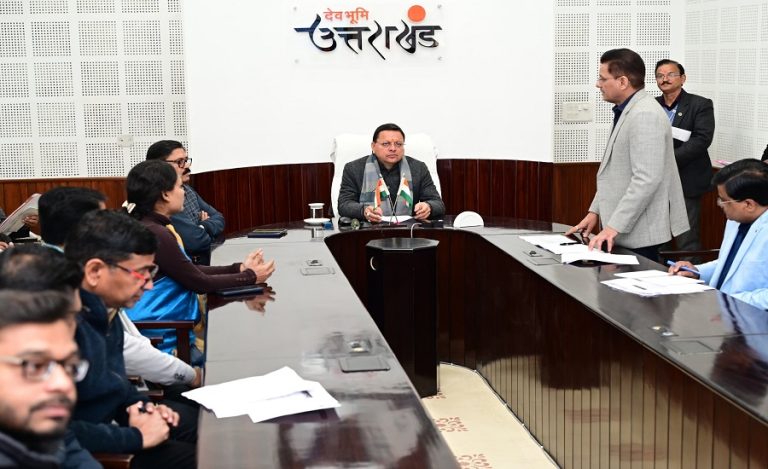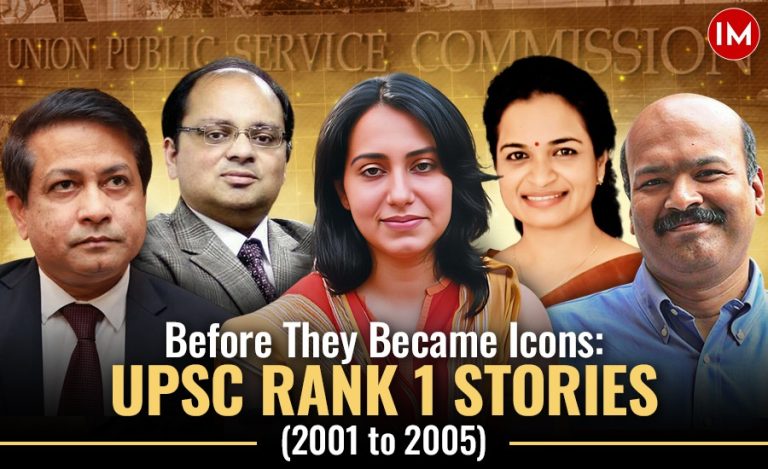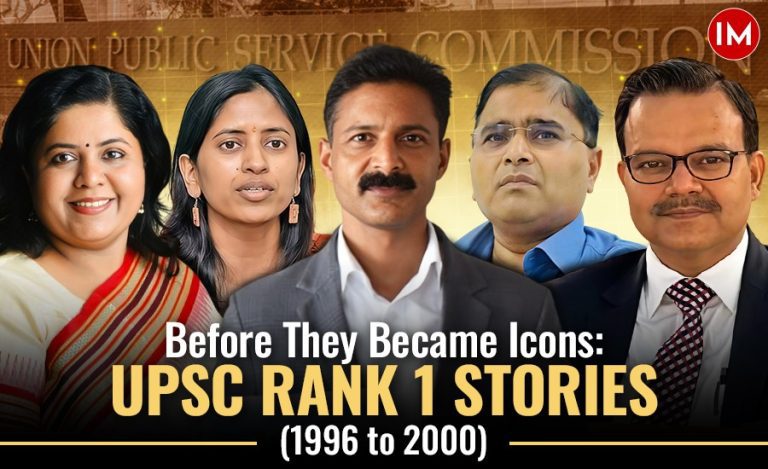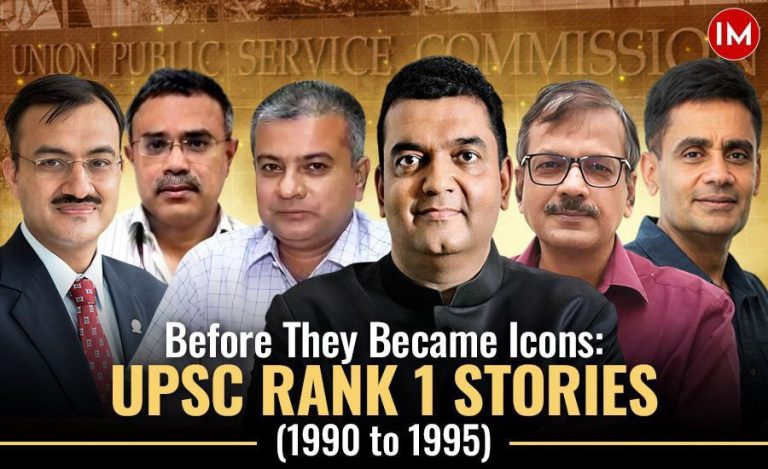The underdeveloped and Naxal-affected Gadchiroli district of Maharashtra is largely populated by tribal people. The state government has launched various initiatives here to empower the populace. To take undue advantage of the government-sponsored schemes, unscrupulous elements get fake ST certificates made in their names. In order to curb the fake ST certificate racket, the district administration of Gadricholi has started a blockchain system for storing caste/tribe certificates. People can get new certificates and old ones can be authenticated through this system only.
Assistant Collector of Etapalli, Shubham Gupta, a 2019-batch IAS officer, started this initiative in his sub-division. In the next two months, about 65 thousand certificates will be stored on blockchain. At the time of its launch, about two months ago, the project was working in beta version. But now, it is working in full version. The administration will home deliver the certificates to all applicants.
Indian Masterminds interacted with Mr. Gupta, who is also the Project Officer of ITDP, Gadchiroli, to get further details.

ADVANTAGES
The biggest advantage of this initiative is that the land rights of the tribals will be protected. Their caste certificates will be full proof, and no forgery or tampering will be possible with certificates from now on. Hence, only eligible beneficiaries will get the benefit of government schemes.
Mr. Gupta told Indian Masterminds, “If you see the land laws in India, there are very strict laws for the transfer of land of Schedule Tribe (ST). People who come in general category can easily transfer their land to anyone, but it is not so in the case of ST people. There are some special provisions in the case of ST category people and they require permission, either from the collector or some other concerned authority. This is so that their rights over the land can be protected.”

He then cited an example from his time in Nashik, when there was a case of someone grabbing the land of about 20 to 30 people by claiming himself to be of ST category. The person had a fake ST certificate. “That’s why when I came here, I I felt that I should bring a system so that no such fraud takes place. So I brought in blockchain. 85 percent of the population in Etapalli division is ST. Therefore, caste certificate is more important than Aadhar card for the people here, because it is required in all government schemes.”
BLOCKCHAIN
Through the blockchain technology, all important data of caste certificates are encrypted and stored in the public blockchain. So the data is actually not getting stored, but the encrypted hash is getting stored on blockchain. After being stored on blockchain, it generates a QR code. This QR code is put on the caste certificate. So, for verification of the certificate, one just needs to scan the QR code to know about the certificate’s authenticity in 3 to 5 seconds.
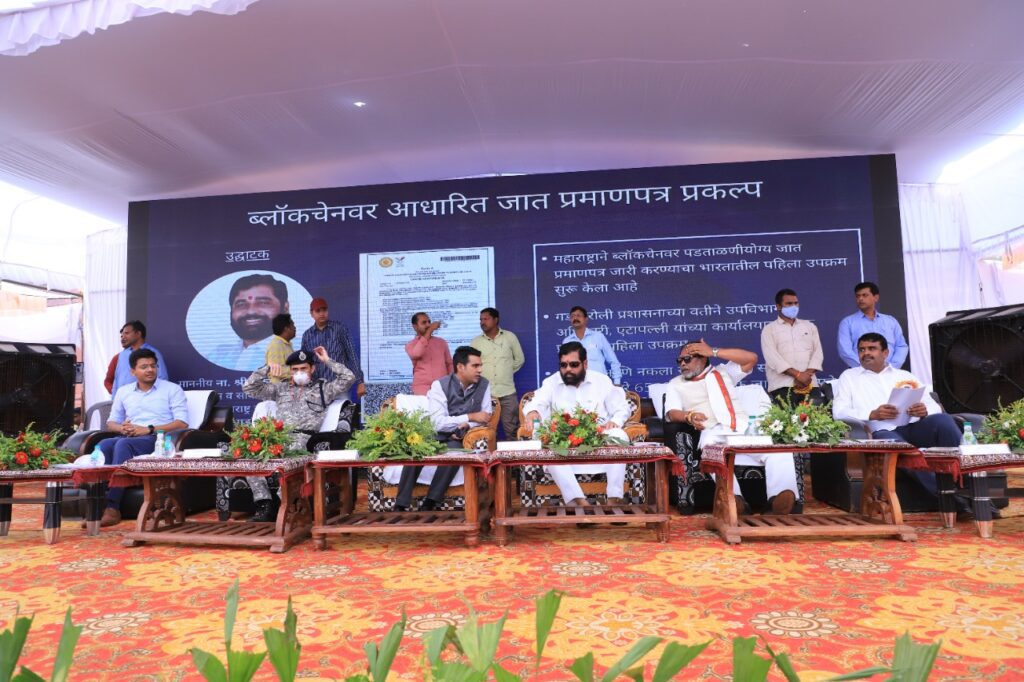
“Online certificate facility was already available in Maharashtra, but we just made it better and full proof. We added better technology. Our verification system is different from the state government’s system. Our verification portal is also differently hosted on the district website. We made an additional system for storing data on blockchain technology and we added some space on the caste certificate for putting QR code,” Mr. Gupta said.
CHALLENGES
The office further said that there were mainly two challenges in front of them when they set out to implement the blockchain technology. First, how to explain to the department employees about modern technology and make them use it. Second, to educate the common people about it, including about the QR code on the certificate and what it means. Training was imparted to the employees and to educate the masses, many informative posters were put up all around. “When people see the QR code on their certificate, they will figure out eventually and understand why it’s there,” said Mr. Gupta.
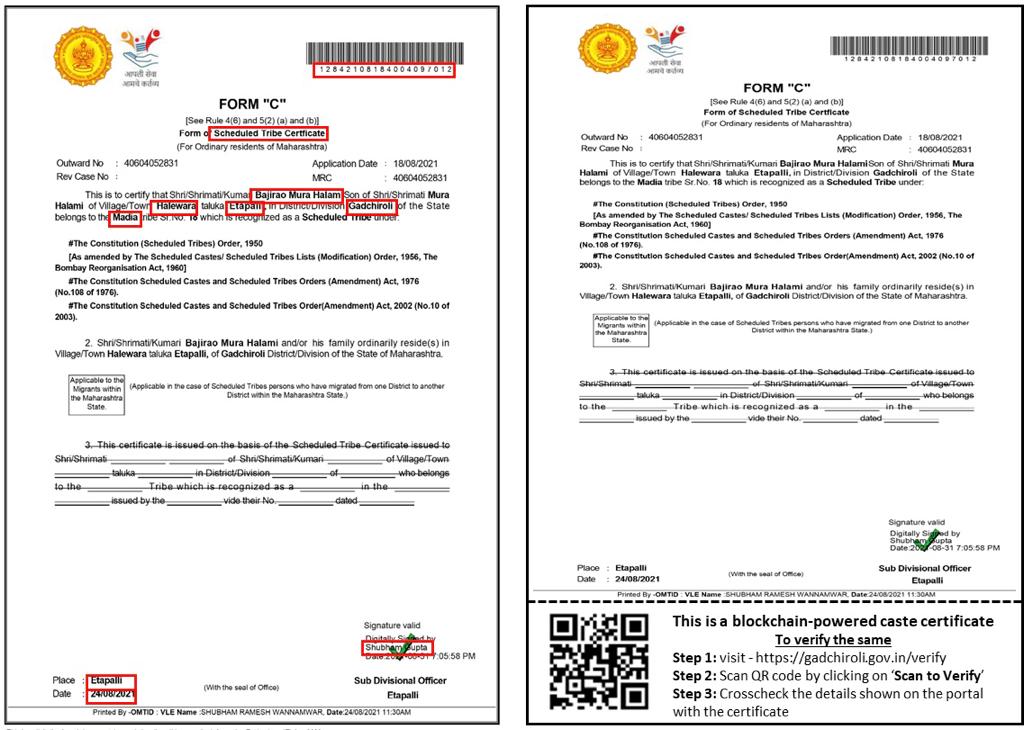
ABOUT BLOCKCHAIN
Blockchain is a system with the help of which a decentralized ledger of any type of data can be created. Every person connected to this network will have this record of information. This bookkeeping or record occurs as a series of separate blocks of information. This is the reason, this technology is named as ‘blockchain’. This technique was introduced in 1991 by Stuart Haber and Scott Stornetta. For the first time, this technology was used in the transaction of the crypto currency bitcoin in 2009. This system can prove to be very beneficial to verify all types of certificates too.
Thank you @simplykashif for hosting me on @bitinning https://t.co/tv437enKF3
— Shubham Gupta (@ShubhamGupta_11) July 23, 2022

